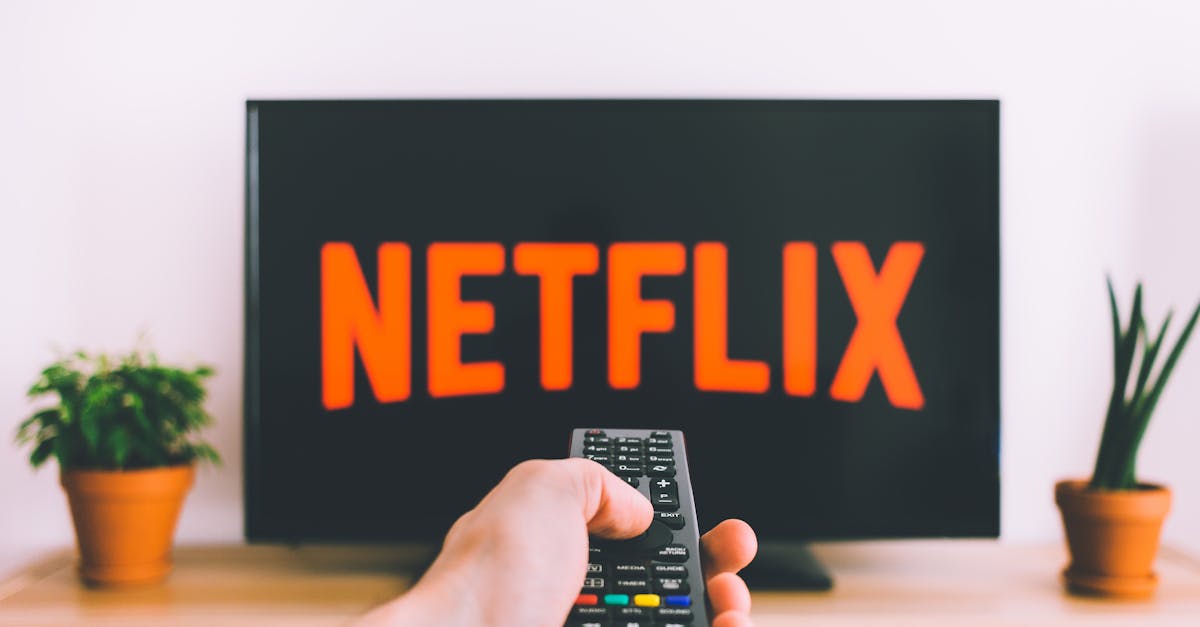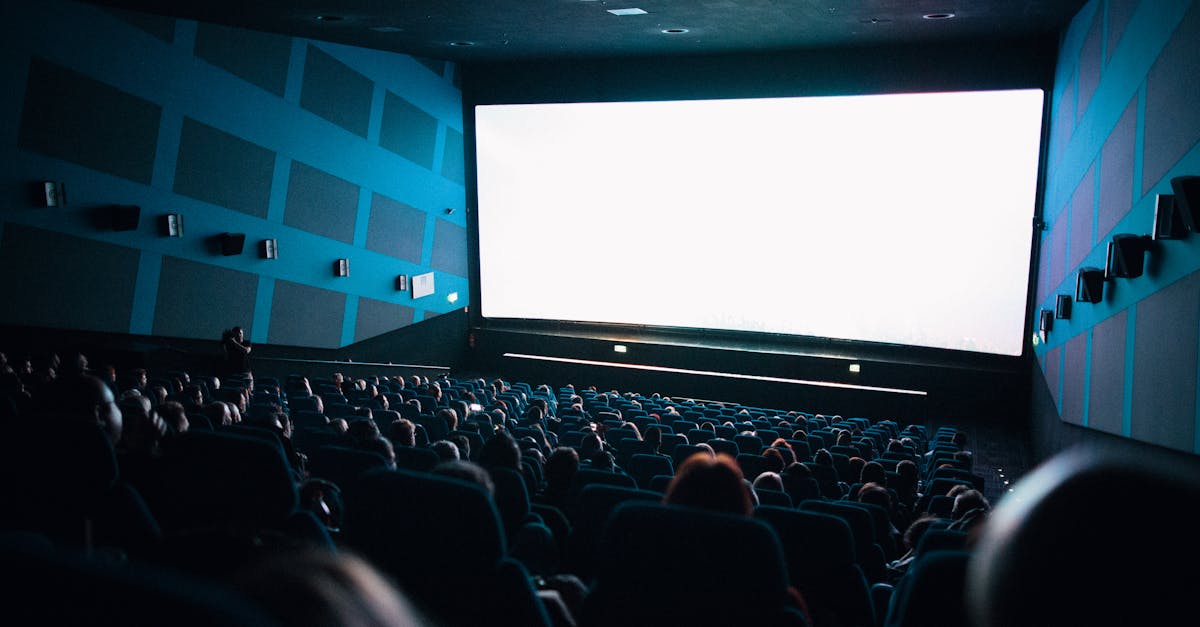Movie Showtimes in the Streaming Era
Introduction
In a world once dominated by marquee signs and carefully scheduled film screenings, movie showtimes now occupy an entirely new realm. The introduction of streaming services has drastically altered how we consume films and the concept of a set movie time. With streaming platforms like Netflix, Amazon Prime, and Disney+ bringing cinematic experiences directly into our homes, the traditional notion of cinema showtimes has evolved. No longer tethered to specific time slots, viewers now enjoy the freedom of choosing when and how they watch their favorite films. This paradigm shift signifies a major transformation in the moviegoing experience, influenced by technological advancements and cultural adaptation. But what does this mean for audiences and the movie industry at large?
Advertisement
The Rise of Streaming Platforms
The rise of streaming services revolutionized the entertainment landscape, offering movies and TV shows on-demand. Pioneers like Netflix initiated this shift by transitioning from DVD rentals to streaming, drastically changing how people accessed content. Binge-watching became the new norm, making time-bound showings a relic of the past. Other giants such as Amazon Prime, Disney+, and Hulu quickly followed suit, further entrenching the trend. With a few clicks, viewers can explore vast catalogs, from blockbusters to indie films, without leaving their couch. This accessibility has granted audiences unprecedented control, blurring the lines between cinematic releases and home viewing.
Advertisement
The Decline of Traditional Showtimes
Once synonymous with weekend plans, movie showtimes in brick-and-mortar theaters have experienced a significant decline in relevance. The convenience of streaming at home has been a double-edged sword for theaters—the decline in scheduled showtimes relates to dwindling cinema attendance. As people grow accustomed to watching movies at their convenience, theater operators face challenges in drawing crowds back. Scheduled showtimes, once a joyful anticipation for movie lovers, now seem restrictive compared to the instant gratification offered by streaming services. To adapt, cinemas are embracing innovative approaches to attract audiences, including luxury seating, gourmet dining, and special event screenings.
Advertisement
Impact on the Film Industry
Streaming's rise not only altered viewing habits but also the dynamics of the film industry. Production companies have adjusted their strategies, with some premiering films directly on streaming platforms, bypassing cinemas altogether. This shift has sparked debates regarding distribution models and redefined blockbuster status. Filmmakers now explore diverse storytelling methods, leveraging the flexibility of direct-to-streaming releases. With more films reaching wider audiences quickly, the movie industry experiences both an opportunity for innovation and a challenge in maintaining traditional cinematic experiences. While box office performance remains important, streaming metrics are increasingly factored into a film's success.
Advertisement
Viewer Empowerment and Choice
Empowered by the availability of streaming, viewers now have more agency over their movie-watching experience. This shift from a regimented schedule to on-demand viewing offers numerous benefits. Audiences enjoy the luxury of choosing what, when, and where they watch, tailoring their movie nights to personal preferences. This flexibility extends to accommodating diverse tastes, allowing audiences to explore a wide range of genres and international films. The sheer volume of content can be daunting, but personalized algorithms help viewers discover hidden gems. Despite concerns of choice overload, the ability to customize one's viewing experience has become integral to modern entertainment consumption.
Advertisement
Impact on Theaters and Cinephiles
Despite challenges posed by streaming, theaters still hold an irreplaceable allure for cinephiles and directors who prioritize theatrical releases. With immersive surround sound and expansive screens, cinemas offer an unparalleled experience for specific genres, notably action and adventure films. Movie lovers cherish the communal aspect of theater-going, which remains critical during film festivals or premieres. Consequently, some streaming platforms negotiate with theaters for limited releases to maintain this culture. While the ever-evolving movie landscape poses hurdles, theaters continue to represent traditional cinematic storytelling, leaving space for symbiotic relationships between streaming platforms and cinemas.
Advertisement
Innovations in Movie Experiences
As movie consumption habits evolve, innovative ventures in both streaming and theaters enhance the experience further. Collaborations between tech firms and studios have birthed advancements such as virtual reality experiences, allowing viewers to virtually attend premieres or "walk" into their favorite scenes. Meanwhile, theater chains invest in refurbishment to offer luxuries such as recliners, IMAX screenings, and 4DX formats. In an age where content accessibility collides with the traditional moviegoing charm, the result is hybrid experiences that aim to attract diverse audiences. These ventures highlight how adaptation, rather than competition, characterizes the future of entertainment.
Advertisement
Future of Movie Showtimes
The future of movie showtimes lies in the balance between tradition and technological evolution. Streaming platforms may continue expanding their role as primary film distributors while maintaining partnerships with theaters. Simultaneously, cinemas are poised to offer unique social experiences, enhancing the appeal of seeing films on the big screen. Advances in online reservation systems, personalized content recommendations, and virtual engagement blur the lines between in-theater and at-home experiences. As streaming technologies advance, the concept of a movie showtime will persist, albeit in a redefined and multi-faceted capacity that caters to evolving viewer preferences.
Advertisement
Challenges and Opportunities
Adapting to this streaming-dominated environment poses unique challenges while presenting unparalleled opportunities. Theaters contend with shifting demographics and expectations, necessitating creative approaches to remain relevant. Content producers must navigate complex licensing agreements and decide appropriate distribution methods. Despite potential roadblocks, the abundance of streaming platforms fosters opportunities for smaller filmmakers to reach global audiences. Nurturing a balance between convenience and quality will be pivotal in ensuring both streaming services and cinemas flourish. Moving forward, the collaborative efforts of all stakeholders will determine how successfully the industry adapts to ever-changing landscapes.
Advertisement
Conclusion
The streaming era has introduced profound changes to how audiences experience movie showtimes. With the convenience of on-demand content, the traditional parameters surrounding movie-watching have shifted. Yet, innovative efforts by theaters and streaming services promise an exciting convergence of old and new entertainment paradigms. As industry dynamics evolve, audiences will continue enjoying diverse and immersive movie experiences. Ultimately, embracing change and cooperation will define the future landscape of movie showtimes, ensuring the enduring magic of film remains an integral part of cultural narratives.
Advertisement





